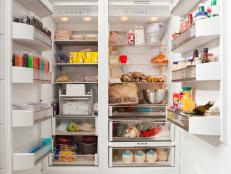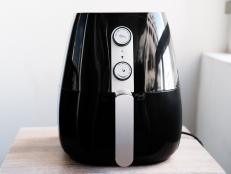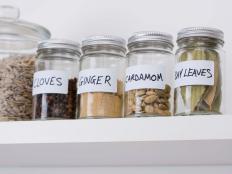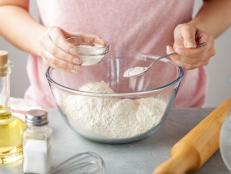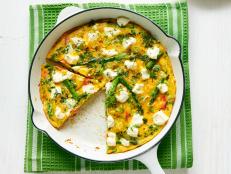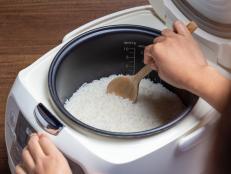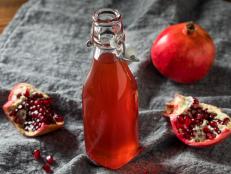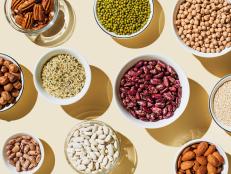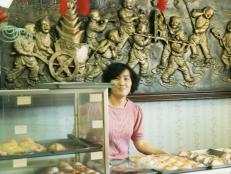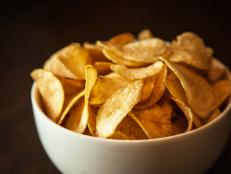14 Tips to Organize Your Pantry
Keeping your pantry organized will help with menu planning and shopping. A quick glance will tell you what you need and what you have space for.
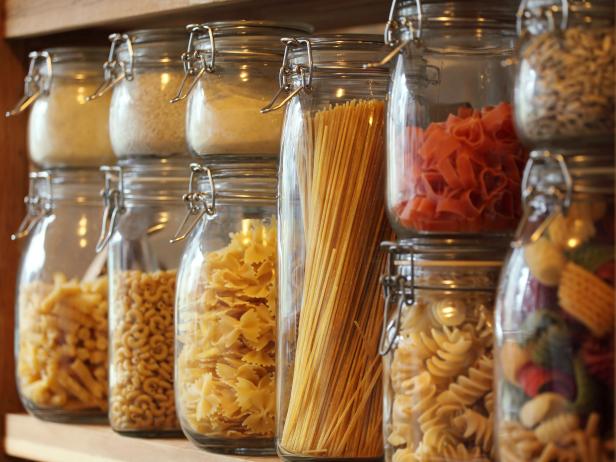
Sumners Graphics, Inc.
1. Designate areas for different types of food such as baked goods; breakfast items like cereal, oatmeal, jams, spreads and syrups; grains; bottled, canned and boxed beverages; tea and coffee; snacks; boxed or canned stocks; condiments; and oil and vinegar.
2. Label shelves as a reminder when unpacking or when looking for foods.
3. Keep a section of “instant” meals like mac and cheese, instant noodles, or canned or boxed soups together for those times when you need something quick.
4. If you cook a lot of ethnic foods, keep those ingredients together. For example, keep Italian ingredients like pasta, jarred tomato sauce, canned tomatoes, tomato and anchovy paste together, or group Asian ingredients like cans of coconut milk, curry paste and soy sauce.
5. If storing perishables like garlic, onions, potatoes, tomatoes and avocadoes, remove them from plastic bags and store separately in lined baskets to keep them contained and neat. Note that onions and potatoes should not be stored together — doing so makes them spoil faster. Onions, garlic and shallots will keep longer if stored in brown paper bags punched with holes for ventilation. Remember to check on these often and discard any past their prime.
6. Transfer opened containers of dried goods to clear plastic canisters, containers or glass jars that can be labeled. Maximize space by using stackable containers and bins.
7. Use clear bins, baskets or shallow wire baskets that hang underneath shelves to store bags of foods that don’t stack well. If you’re not transferring opened packages to containers, tightly roll up the bag, fasten with a rubber band and place inside a clear resealable bag to keep items fresher longer and to contain spills. Put the heavier items on the bottom so as to not crush more-delicate items.
8. Use shelf dividers or tiered shelves to maximize vertical space and to find items easily in the back of the shelves. Note that many of these shelves can expand, but you’re not required to use them at their longest length. Size them to fit your needs.
9. Make use of corners with single and tiered turntables.
10. Boxes don’t need to stand upright. Sometimes it maximizes space by laying boxes on their side or flat and stacking them.
11. Arrange ingredients on shelves so that taller items are in the back and shorter items are in the front. Place heavier items and glass containers on the lower shelves.
12. Note expiration dates, and place ingredients that need to be used up earlier in the front.
13. If you are keeping non-food items in the pantry, allocate sections for paper towels and napkins; plastic utensils; plastic bags, foil and plastic wrap, wax and parchment paper; cleaning supplies; and cooking equipment, like slow cookers, mixers, food processors and waffle irons.
14. If your pantry is broken up into separate cupboards rather than one large room or closet, apply the same grouping and storage tips.
For More Tips on Organizing:
- 7 Tips to Organize Your Spice Rack
- 9 Tips to Organize Your Freezer
- 10 Tips to Organize Your Refrigerator




























